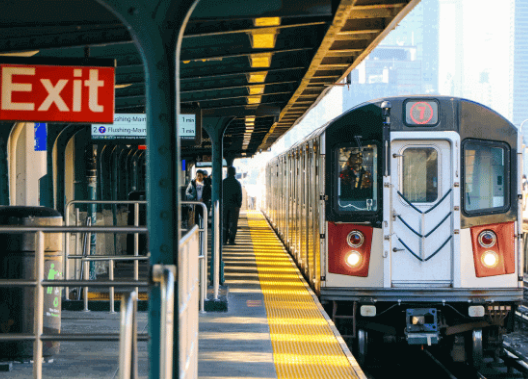
Ensuring Safe Journeys: The Evolution of Train Station Security Systems
Introduction
Train stations are bustling hubs of transportation, connecting people and places with the efficiency of rail networks. While they offer convenience and accessibility, train stations also face security challenges that require constant innovation and vigilance. In this blog post, we’ll explore the world of train station security systems, examining their evolution and the advanced measures in place to ensure the safety of travelers.
The Evolution of Train Station Security
-
Manual Inspection to Advanced Screening:
- Historically, train stations relied on manual security checks conducted by personnel to inspect luggage and passengers. Today, advanced screening technologies, such as X-ray machines and metal detectors, have become the norm. These systems allow for more thorough and efficient inspections, reducing wait times for passengers.
-
Surveillance Cameras and Facial Recognition:
- Train stations now boast extensive networks of surveillance cameras. These cameras not only deter criminal activities but also provide valuable footage for investigations. Additionally, facial recognition technology is being integrated into some systems to identify individuals on watchlists and improve overall security.
-
Access Control Systems:
Modern train stations incorporate access control systems that restrict entry to authorized personnel only. These systems use various methods, including smart cards and biometric scanners, to ensure that only those with proper clearance can access secure areas. -
K-9 Units:
K-9 units are invaluable for detecting explosives and illicit substances. Specially trained dogs and their handlers patrol train stations, providing an extra layer of security through random checks and sweeps. -
Public Awareness and Education:
Train stations have also focused on educating the public about security measures. Signs, announcements, and digital displays inform passengers about safety protocols, emergency procedures, and the importance of reporting suspicious activities.
Advanced Train Station Security Measures
-
Behavioral Analytics
Some train stations employ behavioral analytics software that monitors passenger behavior in real time. This technology can identify unusual or suspicious conduct, such as loitering or unattended bags, and trigger alerts for security personnel to investigate. -
Cybersecurity
In today’s digital age, cybersecurity is a critical aspect of train station security. Protecting information systems from cyberattacks is essential to prevent disruptions to train services and ensure the safety of passengers. -
Emergency Response Systems
Advanced train stations are equipped with state-of-the-art emergency response systems. These include fire detection and suppression systems, as well as communication systems to quickly summon first responders in case of emergencies. -
Integration and Coordination
Integration of security systems is key to effective train station security. This includes connecting access control, surveillance, and communication systems to provide a unified view of security across the station. Coordination with local law enforcement agencies is also vital for rapid response to incidents.
Conclusion
Train station security systems have come a long way from simple manual inspections. They now feature a combination of advanced technologies and well-trained personnel to ensure the safety of passengers and staff. The continuous evolution of these systems is driven by the ever-changing landscape of security threats and the commitment to providing travelers with safe and enjoyable journeys. As technology continues to advance, train station security will adapt and innovate to stay one step ahead of potential risks, ensuring that train stations remain reliable and secure transportation hubs.







